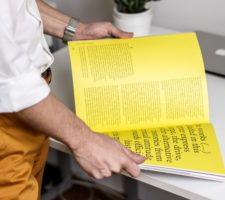1. Image processing
Image processing is the easiest way to falsify news, but also the easiest to reveal.
There are two common techniques for photo manipulation.
The first is to edit images in special applications such as Adobe Photoshop. The second is to present real photos taken at a different time or place. In either case, there are tools to detect counterfeiting.
You should be able to find out when and where the photo was taken and whether it was edited by an editor.
2. Manage videos
Video manipulation occurs as often as image processing. However, detecting fake videos is much more difficult and time consuming. First, watch the video and look for inconsistencies: wrong gluing, distorted proportions, or strange moments.
See details: shadows, reflections and sharpness of different elements. The country and city where the photo was taken can be identified by the car number, traffic sign, and street name. If there are unusual buildings in the image, you can see them in Street View mode on Google Maps. You can also check the weather forecasts on the archives of weather forecast websites for a specific time and place. If it rained there all day, but the video was shining in the sun, it’s not reliable.
3. Process the news
Many people publish articles on social media after reading the title but without reading the full text. Placing a misleading headline in real news is one of the most common false news techniques.
Removing quotation marks from context is another common trick.
For example, in December 2016, the Russian media reported that the Ukrainian Foreign Ministry has accused the EU of fraud. Russia’s official news agency RIA Novosti, Vesti and Ukraina.ru report that Ukraine suspected the EU of intrigue and even treason.



